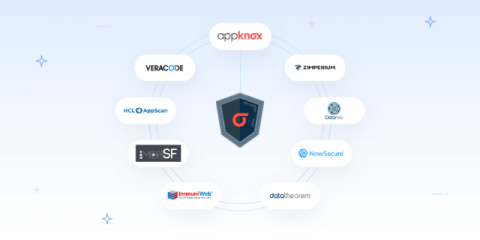Best DevSecOps Tools for Application Security in 2025
Building secure applications is about more than just adding security features at the end of the development process. It’s about addressing vulnerabilities and threats as they arise and improving security continuously—right from the start. That’s the power of DevSecOps.











